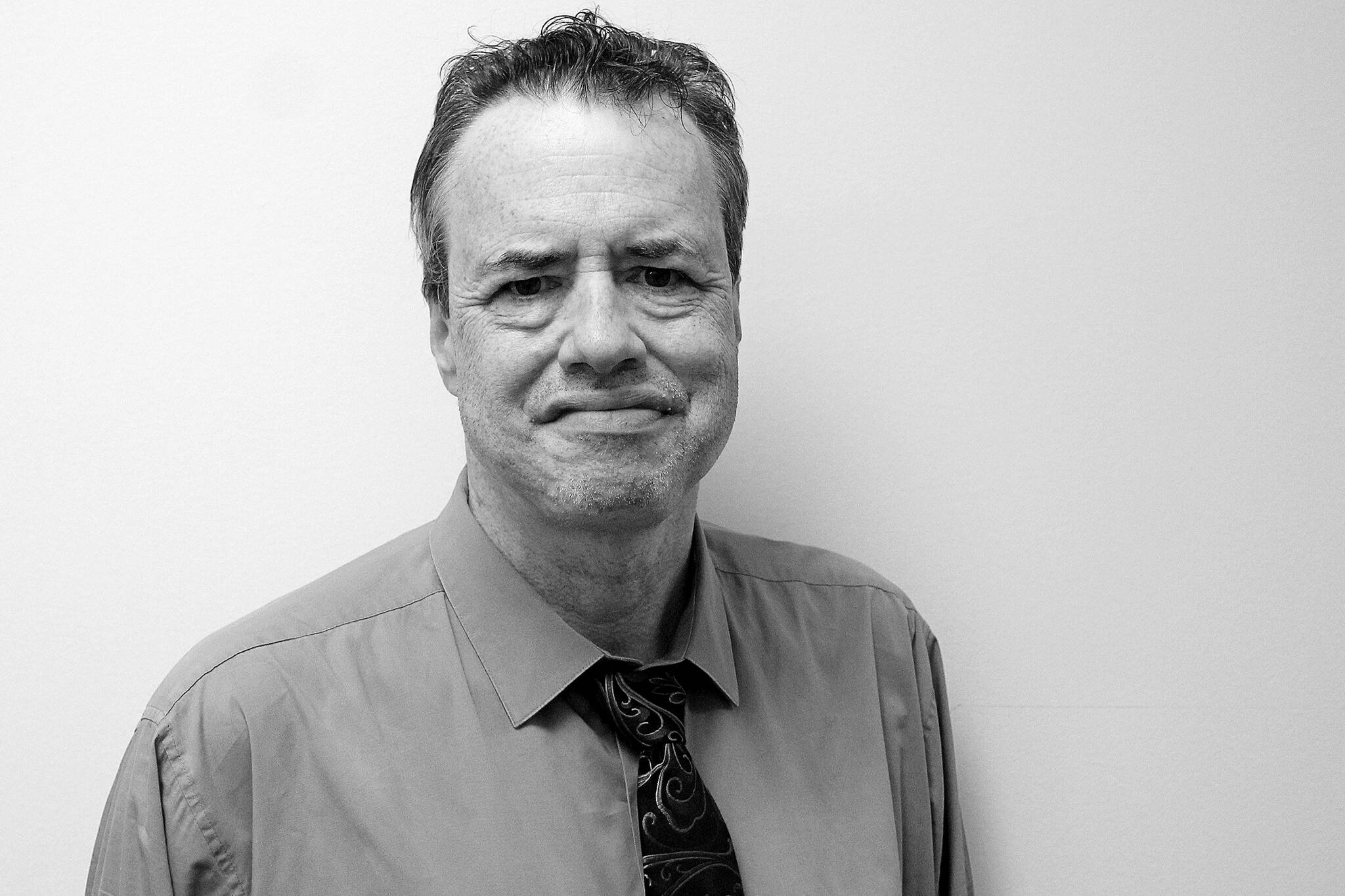Among the most useful things I studied in college were debate, and deceptive messaging in advertising.
Those two subjects taught me about fallacies, about valid and bogus arguments, inductive and deductive reasoning, and the importance of being able to back up what we assert to be “the truth.” Likewise, I learned no longer to accept something as true merely because I think it is.
For instance, I once accepted that “four out of five dentists surveyed recommend,” indicated a helluva lot of dentists, when, turns out, routinely, only five dentists were surveyed.
I lean on all of it to this day.
Given the spread of conspiracy theories and other rank manure online today, it is no longer an academic nicety that we teach our kids to separate the credible from the crap — it is a matter of life and death for our survival as a nation.
The state of our politics and the anger that stalks our land convinces me that for many adults, it is too late in the day. Their brains are inured against anything that may contradict what they already have in their heads.
So pin my hope on children.
I hope some good angel on the shoulder of the BS spreaders stays their hands from exploiting the gullibility of kids and dumbing them down before they’ve even had a chance to be good citizens of the world and the sorts of neighbors with whom we can get along. Of course, the manure spreaders must decide for themselves.
But what I’ve seen to date is not encouraging. I see more and more greedy people, unburdened by even the slightest notion of civic responsibility as they go about their business, making their fortunes pushing things that work to all of our harm. That includes gaslighting people into disbelieving, in the words of St. John, “What their eyes have shown them, what their ears have heard, what they have touched…”
“I’m confused,” said one boy, as recently reported by NPR, after learning that an hour-long video he’d just watched on YouTube was a fat lie from beginning to end.
How do we teach boys and girls like that poor kid to be discriminating consumers of information with lies and conspiracy theories everywhere they turn?
Here, let me introduce you to a couple of words that encapsulate our modern dilemma: pareidolia and apophenia.
Yes, those words sound big and fancy, but what they have to tell us is fairly simple and plays an important role in our current malaise. My online dictionary defines pareidolia as “the imagined perception of a pattern or meaning where it does not actually exist,” as in considering the moon, or an electrical plug, having human features.
Apophenia, the dictionary defines, is “the human tendency to perceive in unrelated or random things” connections or meaningful patterns that aren’t really there.
Beware of them both, but especially apophenia: it is the mother of conspiracy theories. We’re in the midst of a conspiracy crisis.
The fact is sometimes we “don’t get it,” and we see what isn’t there, as Theseus commented to Hippolyta in Shakespeare’s “A Midsummer Night’s Dream:”
“In the night, imagining some fear, how easy is a bush supposed a bear.”
Children need to be taught more than ever to make the distinction. And this skill cannot be taught too early.
Robert Whale can be reached at rwhale@soundpublishing.com.
Talk to us
Please share your story tips by emailing editor@kentreporter.com.
To share your opinion for publication, submit a letter through our website https://www.kentreporter.com/submit-letter/. Include your name, address and daytime phone number. (We’ll only publish your name and hometown.) Please keep letters to 300 words or less.

